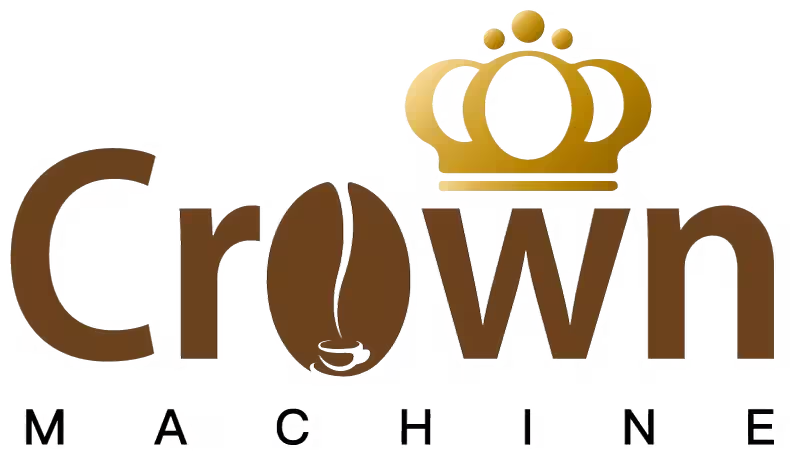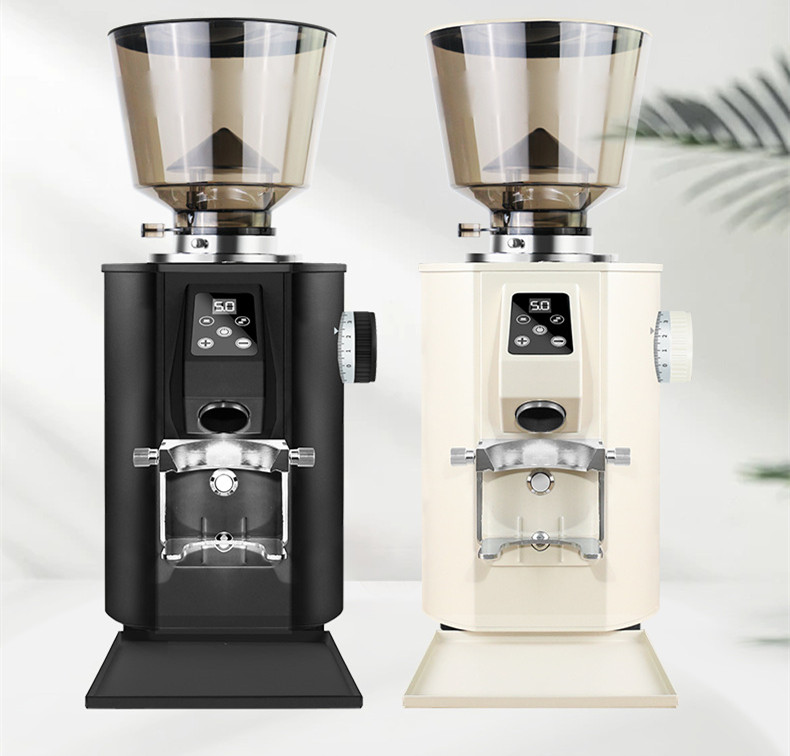The selection of a grinding machine needs to be deeply compatible with daily coffee-making habits, involving three core dimensions: brewing methods, usage frequency, and scene requirements. The following provides targeted solutions from the perspectives of technical parameters, operational logic, cost-effectiveness, etc.
First, select the grinding machine based on the brewing method
Different boiling methods have significant differences in requirements for grinding degree, uniformity and efficiency, and it is necessary to match the equipment specifically.
1. Italian Espresso
Core requirements:
Ultrafine grinding (similar to flour, particle size 150-250μm)
High uniformity (fine powder rate ≤8%)
Low residual powder rate (avoiding cross-contamination)
Recommended model:
High-end cone knife grinding machines: such as Niche Zero (63mm cone knife, stepless adjustment, less residual powder)
Flat knife grinding machine: such as EK43 (64mm flat knife, industrial-grade uniformity, but high price)
Guide to Avoiding Pitfalls:
Do not use entry-level hand-craned or helical knife grinders (with large particle size fluctuations and easy over-extraction).
2. Pour Over coffee
Core requirements:
Medium and fine grinding (similar to sugar, particle size 400-800μm)
Adjustability (supports 5 to 10 grinding degrees)
Low fever (retains floral fragrance)
Recommended model:
Mid-range electric grinding machines: such as Baratza Encore (40mm conical knife, 16-speed adjustment)
Single-dose hand-cranked machine: such as Commandante C40 (38mm stainless steel cutter head, precise adjustment)
Operation suggestions:
Light-roasted beans are slightly coarsely ground (to retain the acidity), and dark-roasted beans are slightly finely ground (to enhance the sweetness).
3. French Press
Core requirements:
Coarse grinding (similar to sea salt, particle size 800-1200μm)
Large capacity (single grinding ≥30g)
Recommended model:
Large-capacity hand-cranked machines: such as HARIO MSS-1B (ceramic cutter head, capable of grinding 50g)
Commercial electric grinding machines: such as Rancilio Rocky (50mm conical knife, suitable for batch production)
Second, select the grinding machine based on the frequency of use
The frequency of use determines the durability, efficiency and maintenance cost of the equipment. It is necessary to balance performance and budget.
1-2 cups per day (for family leisure users)
Recommended model:
Manual grinding machines: such as HARIO Mini Mill (portable, low cost, suitable for 1-2 people)
Entry-level electric grinders: such as Porlex Mini (electric version, faster grinding speed)
Cost-effectiveness
The single cost of the manual version is less than 0.1 yuan, and that of the electric version is less than 0.3 yuan
2. 3 to 5 cups per day (Coffee lovers/small offices)
Recommended model:
Mid-range electric grinding machines: such as Breville Smart Grinder Pro (60 speed adjustment, supporting Italian/hand grinding)
Single-dose grinding machine: such as DF64 (64mm flat knife, upgradable SSP cutter head, supports Italian style)
Key parameters:
Grinding speed: 18g coffee powder ≤15 seconds (to avoid motor overheating)
Residual powder rate: <0.5g (reducing cross-contamination of flavors)
3. At least 10 cups per day (coffee shop/professional review)
Recommended model:
Commercial electric grinding machines: such as Mahlkonig EK43 (64mm flat knife, industrial-grade efficiency, particle size standard deviation ≤0.05mm)
Multi-bean bin grinder: such as Compak K10 (supports 3 types of bean bins and is suitable for blending beans)
Technical indicators:
Continuous working capacity: ≥2 hours (motor heat dissipation design)
Cleaning efficiency: Supports one-click cleaning or quick-disassembly of the knife disc
Third, select the grinding machine based on the scene requirements
The scene determines the portability, noise level and ease of operation of the device, which needs to be matched with the usage environment.
1. Family scene
Core requirements:
Low noise (≤65dB, avoiding disturbance to residents)
Easy to clean (supports quick disassembly or tool-free cleaning)
Recommended model:
Silent electric grinding machine: such as Fellow Ode (58mm flat knife, noise reduction design)
Portable hand crank: such as 1ZPRESSO Q2 (38mm stainless steel cutter head, detachable design)
2. Office scene
Core requirements:
Quick powder production (≤10 seconds /18g)
Anti-static (to prevent powder splashing)
Recommended model:
Single-dose grinders: such as Niche Zero (no bean compartment design, reducing residual powder)
Intelligent grinding machine: such as Baratza Sette 270Wi (supporting quantitative powder discharge via APP)
3. Outdoor/travel scenarios
Core requirements:
Lightweight (≤500g
All-metal structure (shock-resistant and durable)
Recommended model:
Ultra-portable hand-cranking machine: such as Timemore Chestnut C2 (280g, 38mm cutter head)
Folding electric grinding machine: such as AeroPress Go (built-in battery, supports USB charging)
Fourth, Summary and Pitfall Avoidance Guide
Core conclusion:
Italian users: Give priority to conical knife/flat knife grinders, emphasizing uniformity and low residual powder rate.
Hand-brewed users: Choose a mid-range electric or single-dose hand-cranked machine to balance flavor and efficiency.
For French press users: Choose large-capacity hand-cranked or commercial models, and focus on rough grinding and batch processing capabilities.
Guide to Avoiding Pitfalls:
Do not use a “spiral knife grinder” to make Italian coffee (the particle size fluctuates greatly and is prone to clogging the coffee bowl).
Avoid using “plastic-structured hand-cranked machines” in high-frequency scenarios (prone to wear and tear, resulting in uneven particle size).
Do not confuse the motor heat dissipation design of “household grinders” with that of “commercial grinders” (commercial models need to operate continuously for ≥2 hours).
By clearly defining the brewing method, usage frequency, and scene requirements, and matching the core parameters, a suitable grinding machine can be precisely selected, avoiding blind investment or functional redundancy.


